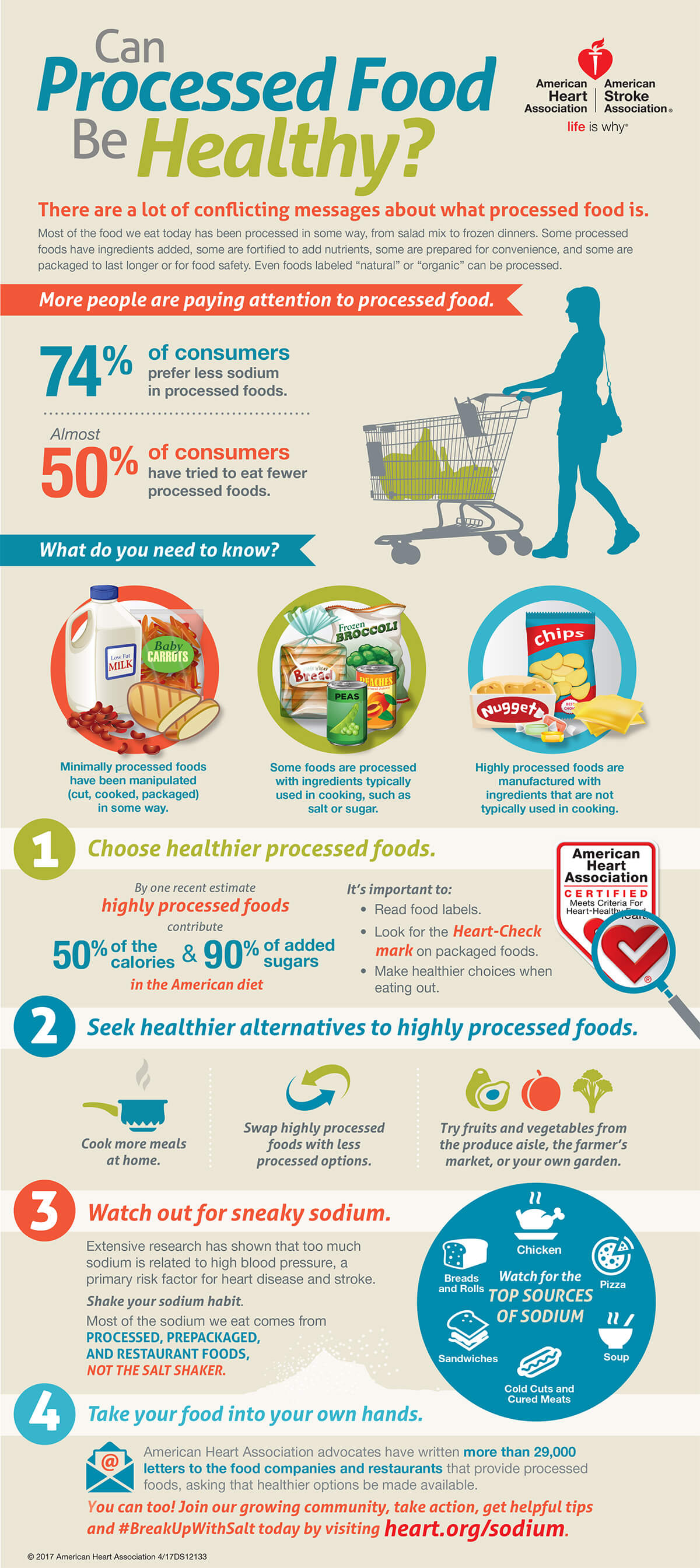Discover The Hernia Kinds That Require Surgical Action. From Inguinal To Hiatal, Learn Everything You Need To Recognize For A Successful Treatment

Created By-Skinner Sahin
* Inguinal rupture: A protrusion of cells via a damaged area in the stomach wall surface, typically on one side of the groin.
* Hiatal rupture: An outcropping of the tummy with the diaphragm and right into the breast dental caries.
* Umbilical rupture: A bulge near the stubborn belly switch that happens when a weakened location in the stomach wall permits fat or various other cells to push with.
* Forward hernia: A lump that takes place when a weakened location in the abdominal wall allows fat or other tissue to push through, commonly near a previous surgical cut.
* Incisional hernia: A bulge that happens when a damaged area in the abdominal wall surface allows fat or other tissue to push through, commonly near a previous medical cut.
Hernia Surgery Pain After 1 Week is important to keep in mind that not all ruptures require surgery, but these types do. If you presume you have a rupture, it is very important to consult a medical care expert for appropriate diagnosis and therapy.
So, you've been experiencing some discomfort recently, and after a complete assessment, your medical professional has actually figured out that you have a rupture. Currently, before Hernia Surgery Icd 10 Code start panicking, it is very important to understand that not all hernias call for surgical treatment.
Nonetheless, there are certain kinds that do, which's what we're here to review. From inguinal hernias to umbilical hernias and also hiatal ruptures, every one presents its own distinct difficulties and factors to consider.
Yet let's not prosper of ourselves just yet. We'll dive into the specifics soon sufficient.
Inguinal Hernias
If you're experiencing pain and discomfort in your groin location, you may have an inguinal hernia that requires surgical intervention. An inguinal rupture occurs when a part of the intestine or cellulite presses through a weak point in the inguinal canal, which lies in the reduced abdomen.
This kind of rupture is extra common in males than ladies and can be triggered by factors such as heavy lifting, stressing during bowel movements, or persistent coughing. Signs of an inguinal rupture include a lump in the groin location, discomfort or discomfort when coughing or raising, and a feeling of pressure or weak point in the groin.
If left without treatment, an inguinal hernia can bring about difficulties such as bowel blockage or strangulation, which is why surgical treatment is necessary to fix the rupture and stop more issues.
Umbilical Ruptures
Do you recognize what an umbilical hernia is and just how it can be treated surgically?
An umbilical rupture happens when a part of the intestinal tract or stomach tissue protrudes with a weak point in the abdominal wall surface near the stomach button.
If you have an umbilical rupture that calls for surgical treatment, right here are three therapy options to think about:
- Hernia repair work surgical procedure: This is one of the most common treatment for umbilical ruptures. During the procedure, the specialist will certainly make a laceration near the hernia and push the protruding tissue back into area. They'll then strengthen the stomach wall surface utilizing stitches or a mesh spot.
- visit site : In some cases, a minimally intrusive method called laparoscopic surgical procedure might be utilized. This method entails making small cuts and using a cam and specialized devices to fix the hernia.
- Open up surgery: In more intricate cases, open surgical procedure might be necessary. This includes making a bigger cut to access and fix the rupture.
Hiatal Hernias
A hiatal hernia takes place when part of the stomach protrudes through the diaphragm right into the breast tooth cavity. This sort of rupture is relatively common and frequently calls for medical intervention.
Hiatal hernias can be categorized into 2 major types: gliding and paraesophageal hernias. Moving hernias are one of the most common and take place when the reduced part of the esophagus and the top of the belly slide up right into the breast via the respite, a little opening in the diaphragm.
On the other hand, paraesophageal ruptures are much less usual yet extra severe. In this kind, a section of the tummy pushes via the respite together with the esophagus, creating possible issues like gastric volvulus or strangulation.
Surgical fixing is generally essential to deal with hiatal ruptures and alleviate signs such as heartburn, chest pain, and trouble ingesting.
Verdict
So there you have it, the different sorts of hernias that call for medical treatment.
One instance of a rupture situation that needed surgical procedure is John, a 45-year-old man who experienced an inguinal hernia. Despite his preliminary pain and apprehension, John went with surgical intervention.
The treatment was successful, and he experienced a complete recovery, allowing him to go back to his typical tasks with no more difficulties.
Bear in mind, it's important to consult with a healthcare expert if you believe you may have a hernia that needs surgical treatment.

